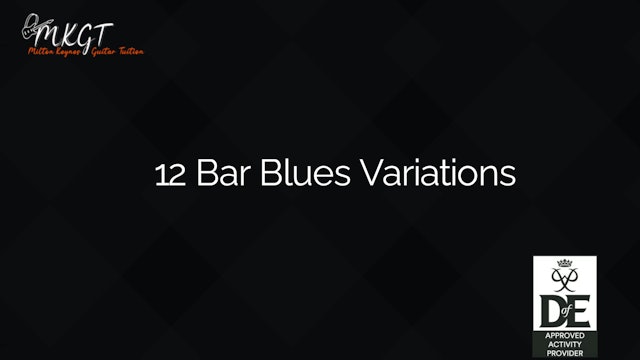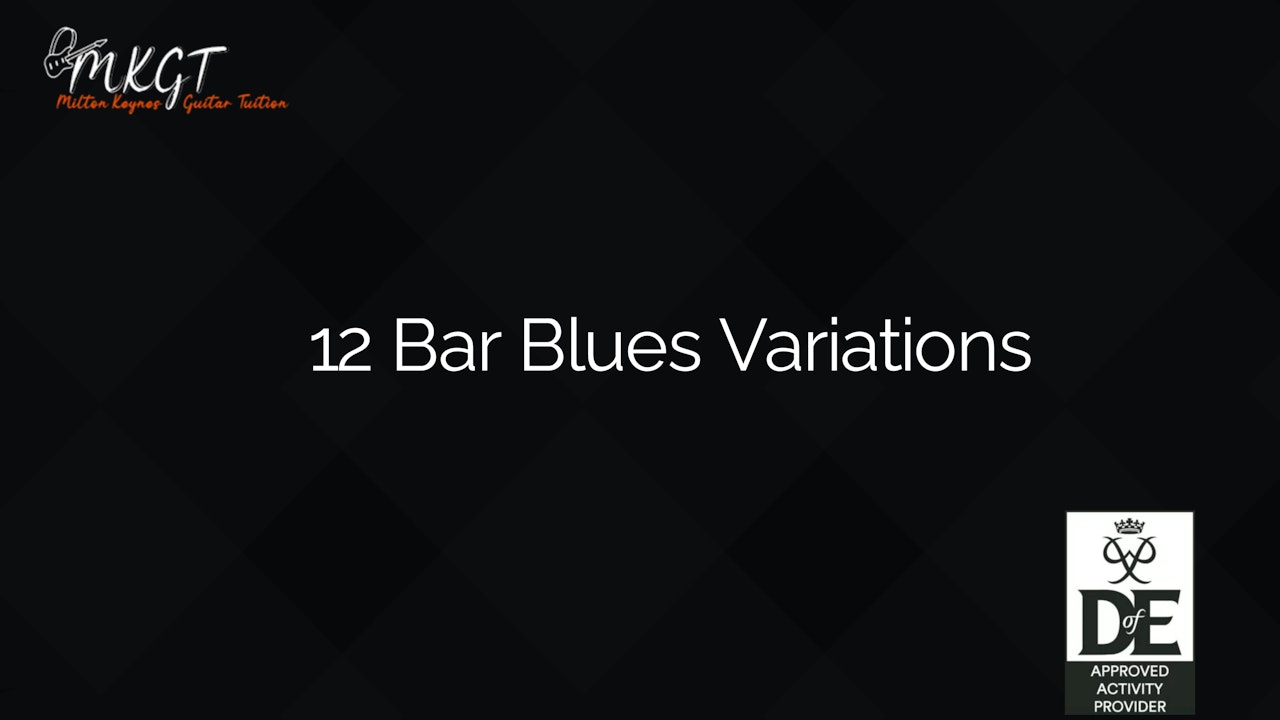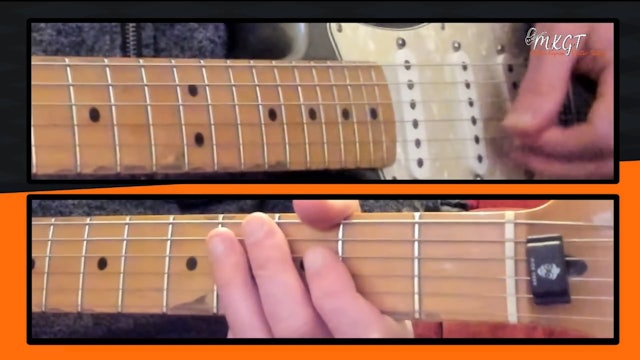12 Bar Blues Variations
I frequently teach beginners the 12 bar blues. It's great for beginners and helps the novice player get used to playing just two strings at a time, develop co-ordination and timing.
-
12 Bar Blues in the Key of F#
-
12 Bar Blues in the Key of F
-
12 Bar Blues in the Key of G
-
12 Bar Blues in the Key of G#
-
12 Bar Blues in the Key of E
-
12 Bar Blues, a mix.
Mix up what you've learned and create something interesting. As long as you're sticking to the 12 bar blues format, you can mix and match any variation you want.
-
12 Bar Blues. Variation 2
The 4th finger will receive a work out. With the sound of the 12 Bar Blues, now being familiar, it shouldn't be too difficult to hear what sounds right, but what will be a challenge is making sure the 4th finger isn't too far away from the strings at any given time.
-
12 Bar Blues with turn around.
The 'turn around' lets other musician's know that you want to end the 12 Bar Blues sequence. It's good practice as it involves playing notes on strings 3 and 1. This is a good opportunity to practice learning what the distance is between strings 1 & 3.
-
12 Bar Blues with 'The Shuffle'.
Getting used to the 4th finger on fret 5? Why not include 'The Shuffle', too? This will be a combination of double strumming and single picking practice which involves fingers 1, 2, 3, & 4.
-
12 Bar Blues (basic)
Learn to co-ordinate fingers 1 and 3 on frets 2 & 4. Get comfortable with holding and strumming the plectrum across two strings. Remember not to remove the 3rd finger after you've played these sets of notes twice.
-
12 Bar Blues, variation 1
You'll learn how to include the semiquaver rhythms rather than just quaver beats. Your right hand will be playing single strings as well as double stringed strumming patterns.













